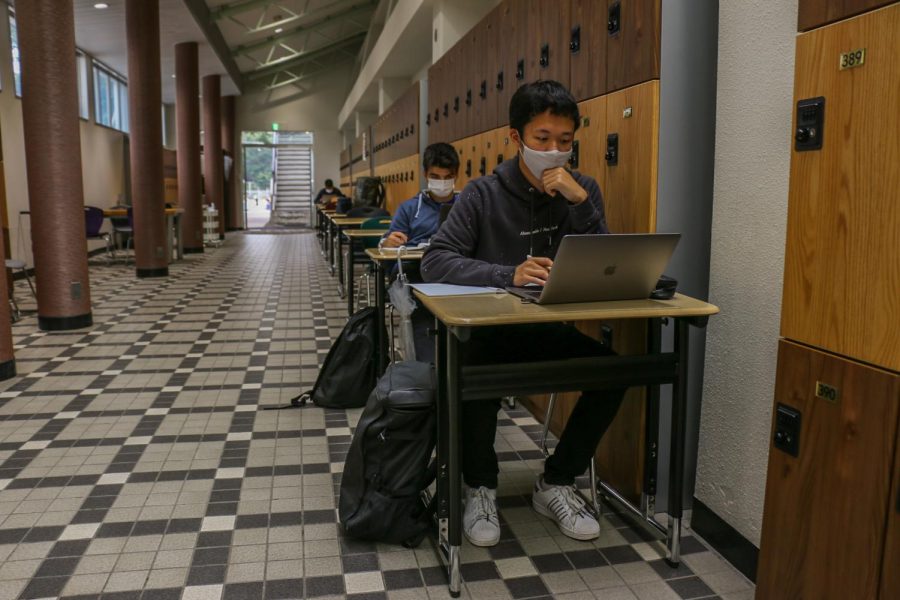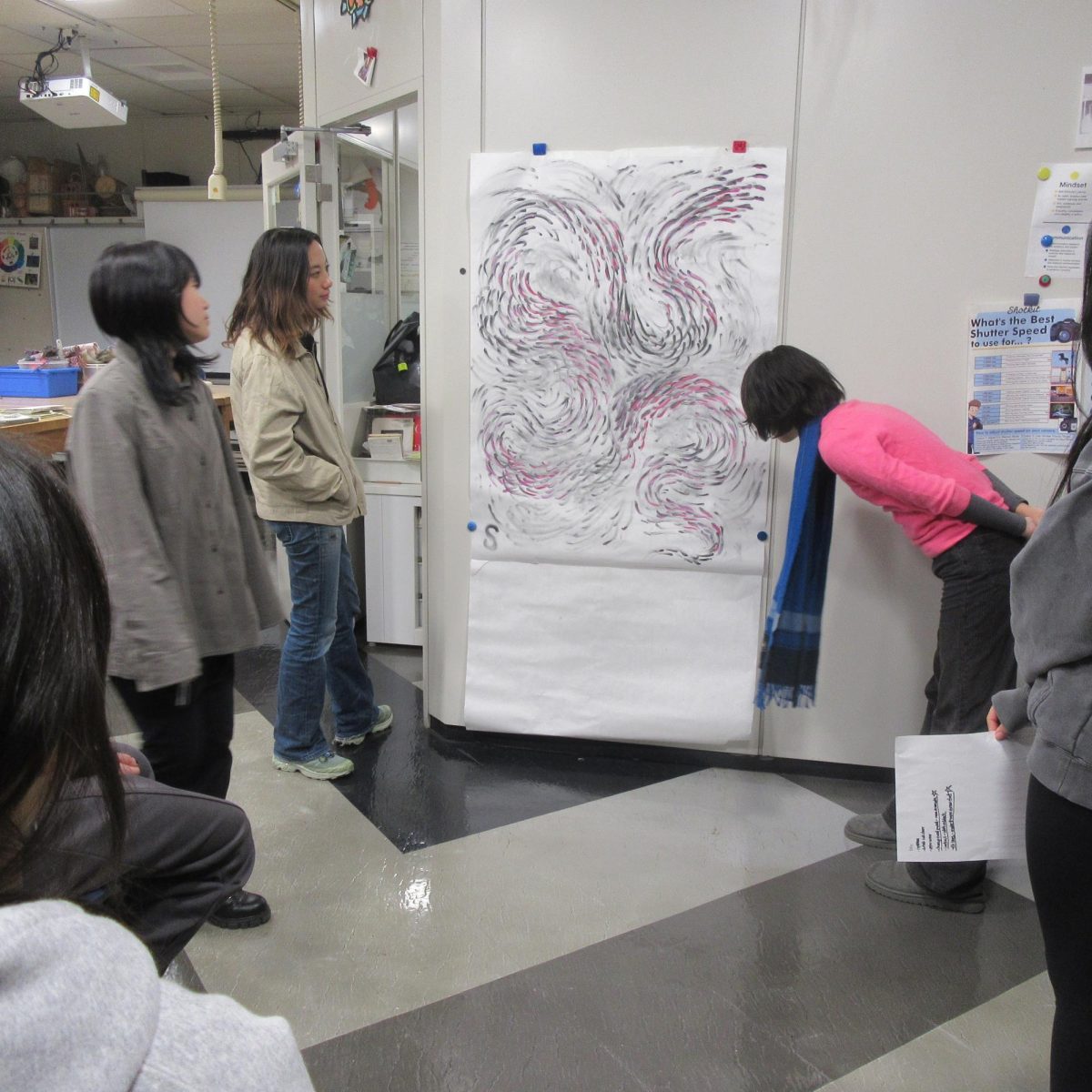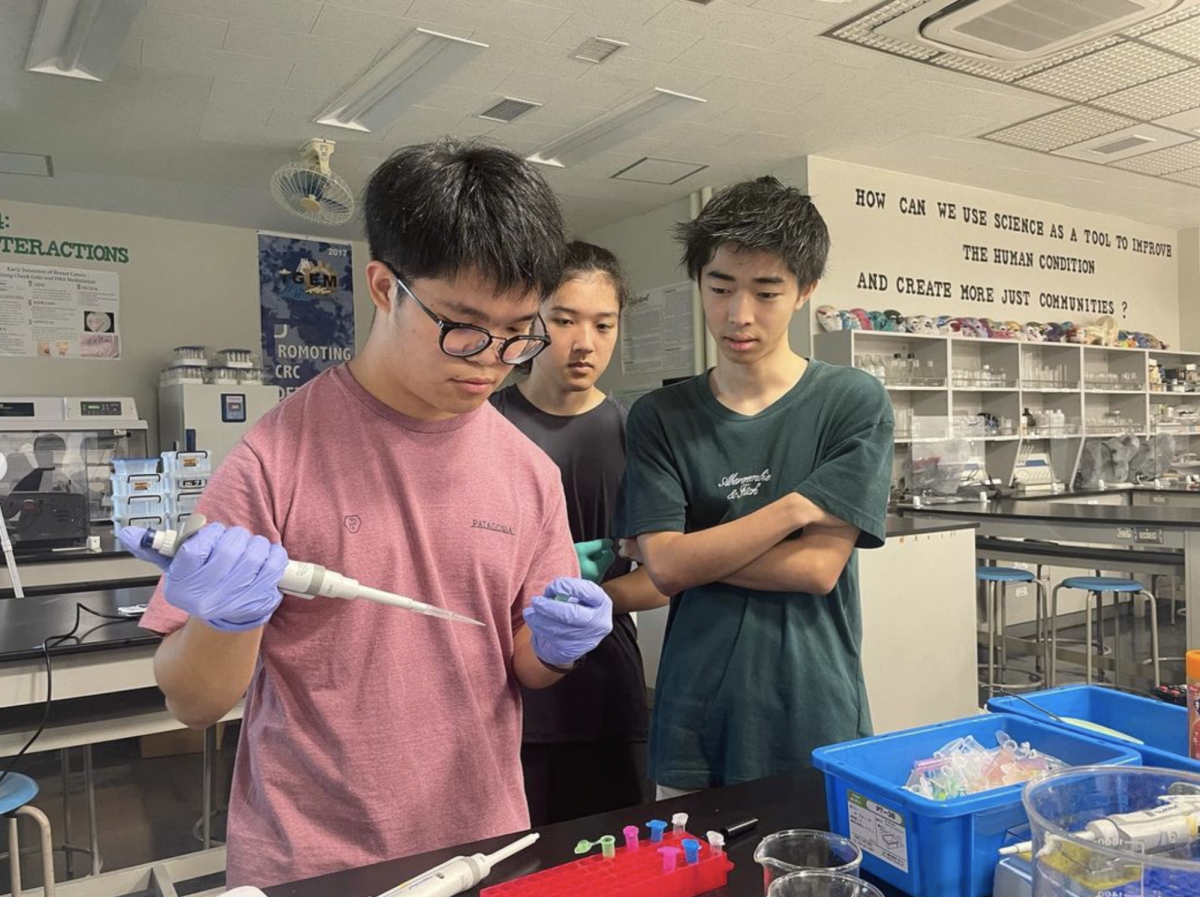Questions and Answers: ASIJ’s New Grading and Reporting System
October 20, 2020
The 2020-2021 academic year has been unlike any other, and certainly a foreign experience for students, teachers, and faculty at ASIJ. Naturally, as the year goes on, uncertainties will begin to dissolve, but until then, some remain.?
One of these changes is ASIJ’s grading system for the high school. The HS has now fully phased in a? standards-based grading and reporting model, a system by which students are graded based on how they are performing on a clear set of learning targets, called standards. These standards are then separated and grouped into what are called strands.?
In the same way that baseball is made up of throwing, catching, and batting, strands for a class are made up of vital components of the class. Proficiency indicators received for a singular strand do not affect the indicators received for other strands. At the end of the year, teachers will determine a student’s overall proficiency in each strand of the class by looking at the student’s evidence of learning; ultimately, these proficiencies will be converted into a final grade using a published algorithm.
To better understand standards-based grading and reporting, and why community leaders have decided that it would be best fit ASIJ, I interviewed Dr. Augustine, the High School Associate Principal, and Dr. Prairie, Director for Professional Learning and Middle School and High School Curriculum Coordinator.?
Could you give us a brief overview of how our grading system works? If someone was new, how would you introduce them to our grading system?
Dr. Prairie: Part of standards-based grading is about separating your achievements from your learning behavior. When I learned what it meant to separate achievement from behavior, it made such a difference, because then those grades were really valid points of information about what a student knows and is able to do, rather than their behaviors about learning, like their timeliness or their effort.
Dr. Augustine: Transparency is really important, so students know exactly what is being asked of them and what skills they are asked to demonstrate. Research has shown that this is a better way for students to learn, to be focused on learning versus focused on grades. We’re really trying to make sure students own more of their learning.?
Dr. Prairie: This morning I saw a cartoon, and it was a person in a job interview, and the interviewer said, “Tell me about what skills you have.” The person looking for the job said, “Well, I know how to take tests… .” I thought that was a great cartoon, because to me, it symbolizes what this is all about. When I think back to the traditional grading system, I never really knew what skills I was learning. I was just taking the test.?
Will this grading system make it easier for students to improve their grades over the year?
Dr. Augustine: The problem with traditional grading is that you’re always penalized for something because it’s averaged in. The key phrasing when you do standards-based grading is the most consistent work over a period of time, and the most recent work that you’ve done. You’ve got to imagine: it’s a year-long course. The standard that you reach at the end of the year should obviously be higher than the standard that you reached at the beginning of the year.?


Is this grading system permanent or can it change?
Dr. Augustine: The nice thing about being an independent international school is that we have flexibility to make changes. We don’t have to go with what what the state or national government might say; we have some agencies, of course, that we are aligned with, but we have a lot of flexibility with the system if we feel like we want to make adjustments because it’s better for teaching and learning — and that’s always what our motivation is going to be.?
If students are worried about their grades, who can they talk to?
Dr. Augustine: The teacher. We’re really trying to build that culture here on the campus where, everything, a problem or question, to deal with the person directly. We really want to encourage that because we’re doing a lot of work with the teachers about these conversations and working together on their teams. We’re trying to give opportunities for teachers to work together to look at student work and say, “How would you score this?” It’s important that what you do in your English class and what your friend does in the next room should be a similar grade experience as much as possible.
_______________________________
At the end of the day, while some confusion may be inevitable, it’s important for everyone to recognize that the goal is to bring about a better community. As Dr. Augustine puts it, “I love being a part of this school because the learning culture is why we’re here — to always be learning. We approach anything that is a change with a positive intention that we’re doing it to improve student learning. We’re never doing it to penalize students or to make systems harder. Our intentions aren’t anything but to try and make learning better for students.”
No grading system is perfect, and it’s natural that new and unfamiliar approaches will raise questions. ASIJ has published a website to help students and parents understand the new system.



















